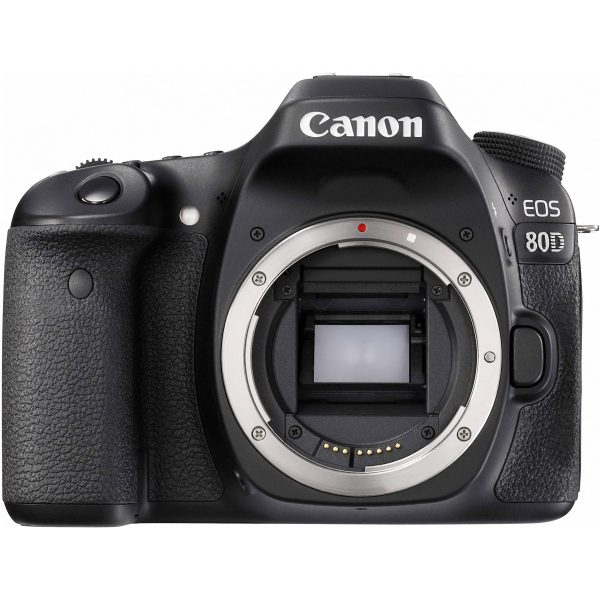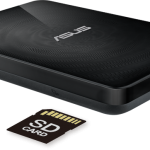
When I first handled the Canon EOS 80D, I thought I was holding a 70D. Sure, there are some changes to the button design, but for the large part, the camera remains largely untouched. This includes the button placements.
I’m happy that the 80D has a very similar profile to the 70D because it is of the right weight and size. That allows for a firm grip of the camera, something I appreciate when shooting with a longer and heavier telephoto lens.

The improvements are mainly internal. The megapixel count is bumped up to 24 megapixels from 20 megapixels and it now has 45 auto-focus (AF) points.
This is helped by the 100 per cent optical viewfinder coverage, so composition can be accurate and not cropped before you trigger the shutter.
At last, Canon is starting to catch up to Nikon’s D7200 DSLR. Its 45 cross-type AF points may not be as many as the Nikon’s 51 points, but the cross-type AF points promise to be more accurate as the system samples more from the scene to derive a much better AF performance.
The 45 points are spread around the centre of the frame and covers roughly 65 per cent of the width of the frame and 48 per cent of the height. The AF points don’t really cover close to the edge of the frame unlike the competition but the system is still significantly better than the previous 70D’s.
The result is a much better experience when tracking a moving subject through the frame – provided you have a lens that can keep up.
I enjoyed using the 80D for wildlife shots but I did miss a few shots when a bird was between branches and leaves. That created some confusion for the camera and I had to revert to a single focusing point to get the focus.


There is also the time-lapse recording function, useful when you want to record very slow movements and present shots as a video clip. If you are into video, the camera now has headphone jacks for you to monitor the sound recording.

For social media fanatics, sharing photos is also made easier on the new Canon camera. The 80D now sports a near-field communications feature so the mobile devices can be set up pretty fast and high quality photos can be shared much faster.
It terms of image quality, I was pretty impressed with the ISO performance. In fact, I attempted a shot of a squirrel which was next to me in a jungle hideout with lighting situation that was less than ideal.
I bumped the setting to ISO6400 and the shutter speed was increased to arrive at a fairly decent and sharp shot. Perhaps not for professional use but definitely for sharing online.
Costing S$1,649 for the body alone, the Canon 80D may not feel like a huge jump from its predecessor. However, if you are into nature and sports photography and can’t stomach the price of the 7D Mark 2, the 80D is a very good compromise.
With a much better AF system and ISO performance that has improved a notch, this could even be the camera that beginners should start with. Yes, skip the 750/760D.













